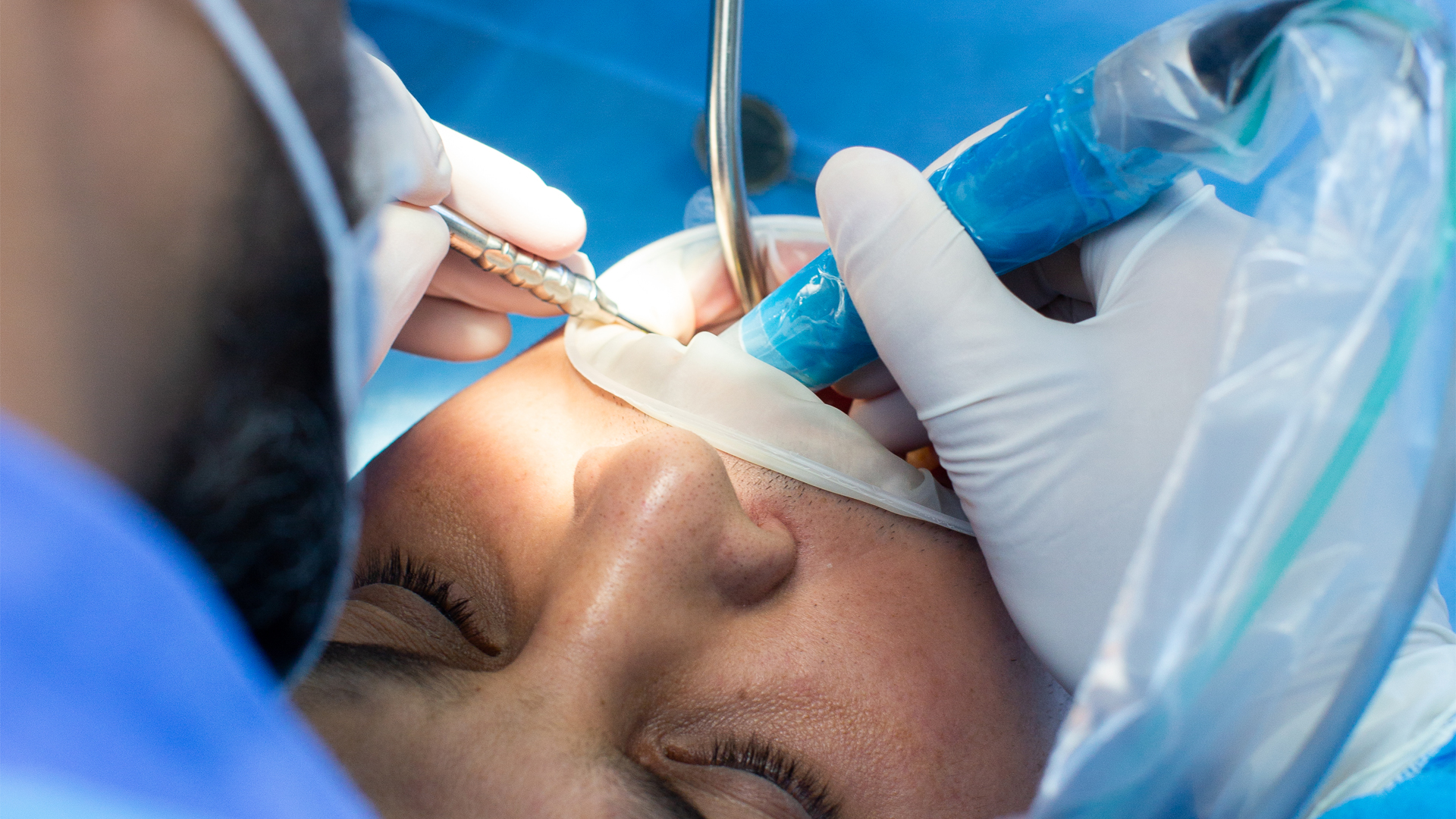General Anaesthesia: A Professional Overview

General Anaesthesia: A Professional Overview
General
anesthesia is a procedure where a patient is put into a state of
unconsciousness to undergo a medical procedure. It is a type of sedation that
is commonly used in surgeries and other medical procedures that require the
patient to be completely still and unaware of their surroundings. The procedure
is usually performed by an anesthesiologist, who is a medical professional
trained in administering anesthesia.
There are
different types of general anesthesia, and the type used depends on the
patient's medical history, the type of surgery or procedure being performed,
and other factors. The most common type of general anesthesia involves the use
of intravenous drugs that are administered through a vein in the patient's arm.
These drugs cause the patient to become unconscious within seconds, and they
remain in this state until the drugs wear off or are reversed by the
anesthesiologist. Other types of general anesthesia include inhalation
anesthesia, where the patient inhales gases that cause unconsciousness, and
spinal or epidural anesthesia, which involves injecting drugs into the spinal
cord to numb the lower half of the body.
Fundamentals
of General Anaesthesia
Definition
and Scope
General
anaesthesia is a state of reversible unconsciousness, immobility, and analgesia
induced by the administration of one or more anaesthetic agents. The aim of
general anaesthesia is to provide a pain-free surgical experience and to
facilitate surgical procedures that would otherwise be intolerable or
impossible to perform. General anaesthesia is typically administered by an
anaesthesiologist or a nurse anaesthetist.
Stages of
Anaesthesia
General
anaesthesia can be divided into four stages: induction, maintenance, emergence,
and recovery. During the induction stage, the patient is given anaesthetic
agents to induce unconsciousness. In the maintenance stage, the patient is kept
in a state of unconsciousness and analgesia to allow the surgical procedure to
be performed. During the emergence stage, the anaesthetic agents are
discontinued, and the patient begins to regain consciousness. Finally, during
the recovery stage, the patient is monitored closely for any adverse events and
allowed to recover from the effects of the anaesthetic agents.
Clinical
Practice
Preoperative
Assessment
Before
undergoing general anesthesia, patients should undergo a thorough preoperative
assessment. This includes a review of their medical history, physical
examination, and laboratory tests. Patients should also be informed about the
risks and benefits of the procedure, as well as the potential complications
associated with general anesthesia.
Anaesthetic
Techniques
Several
anaesthetic techniques can be used during general anesthesia. These include
intravenous induction, inhalational induction, and rapid sequence induction.
The choice of technique will depend on the patient's medical history, the type
of surgery being performed, and the anaesthetist's preference.
During
general anesthesia, patients are given a combination of drugs to induce
unconsciousness, eliminate pain, and maintain muscle relaxation. The drugs used
may include propofol, opioids, and muscle relaxants.
Monitoring
and Safety
During
general anesthesia, patients are continuously monitored to ensure their safety.
This includes monitoring their heart rate, blood pressure, oxygen saturation,
and carbon dioxide levels. The anaesthetist will also monitor the patient's
depth of anesthesia and adjust the amount of drugs being administered
accordingly.
In addition
to monitoring the patient's vital signs, the anaesthetist will also ensure that
the patient is positioned correctly to prevent injury.
Postoperative
Care
After the
surgery is complete, the patient will be taken to the recovery room where they
will be monitored until they are fully awake. They will be given pain
medication and fluids as needed. The anaesthetist will also ensure that the
patient is breathing properly and that their vital signs are stable before they
are discharged from the hospital.
In summary,
general anesthesia is a procedure that requires careful planning and monitoring
to ensure patient safety. By following established guidelines and protocols, we
can minimize the risks associated with general anesthesia and provide patients
with a safe and comfortable surgical experience.
- Veneer & Smile Design: Enhancing Your Smile with Precision
- Emax Crowns: A Guide to the Latest Dental Technology
- Zirconium Crowns
- Digital Smile Design: Enhancing Your Smile with Technology
- Hollywood Smile
- Tooth Diamond, Tattoo, and Dental Grillz: A Professional Guide
- Implant Treatments
- General Anaesthesia: A Professional Overview
- All-on-4 vs All-on-6 Implant Treatment Options: Which is Right for You?
- Jaw Tumor and Fracture: A Professional Overview
- Snoring Treatment
- Temporomandibular Joint Issues
- Surgical Procedures
- Bad Breath Treatment: Effective Solutions for Fresher Breath
- Dental Spa: A Professional Approach to Oral Health
- Teeth Grinding: Causes, Symptoms, and Treatment
- Periodontology (Gum) Treatments
- Gum Aesthetics – Pink Aesthetic
- Restorative Dentistry
- Inlay-Onlay Fillings: A Professional Guide
- Sensitive Dental Treatment: Tips for Managing Pain During Procedures
- Orthodontic Treatment
- Clear Aligners (Invisalign): The Transparent Alternative to Traditional Braces
- Endodontics: What You Need to Know About Root Canal Treatment
- Pedodontics (Pediatric Dentistry)
- Prosthetic Treatments in Dentistry: A Comprehensive Overview
- Teeth Whitening
